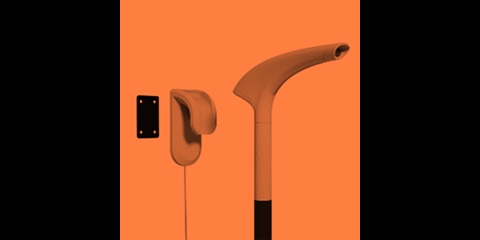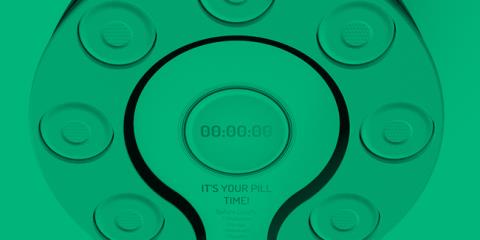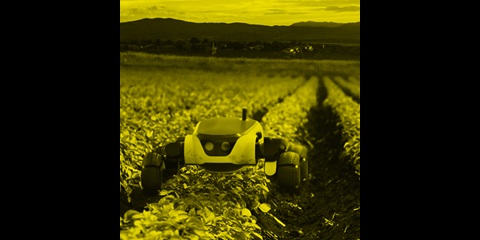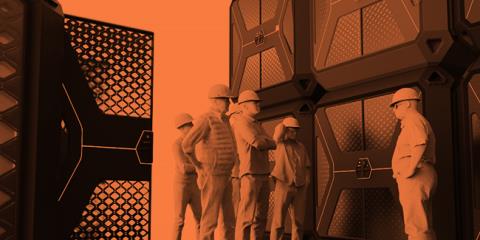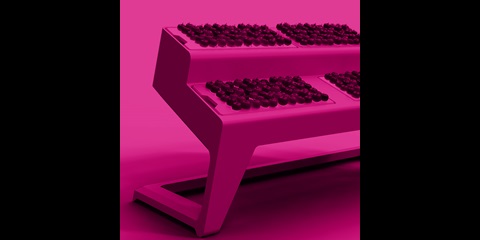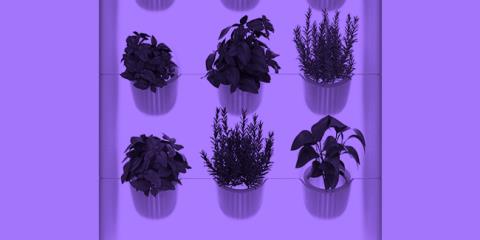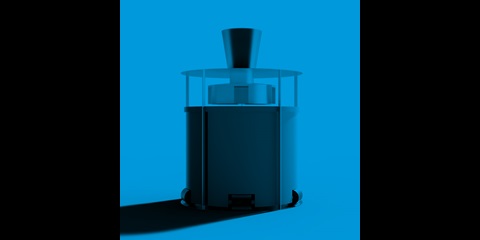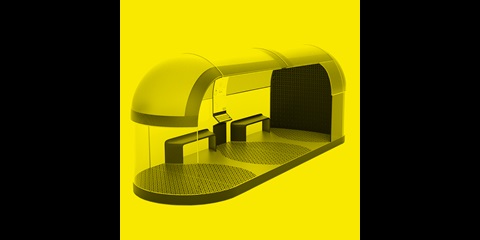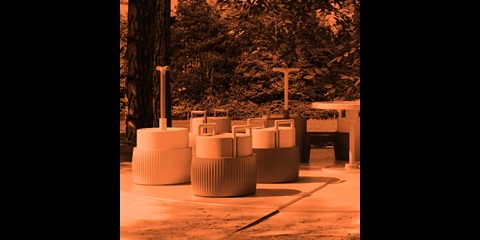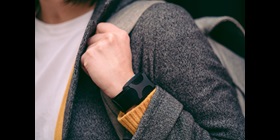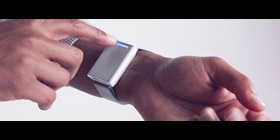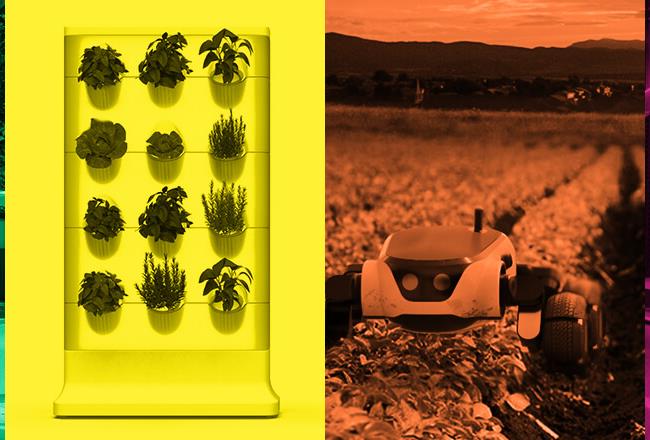
Smart designs for IoT applications — Collaboration in a connected world
While engineering plastics are frequently used for IoT enclosures, their full potential related to CMF design, antenna and electronics integration, heat management and circular design hasn’t yet been exploited.
Design students from Shenkar were challenged to develop concepts for Internet of Things (IoT) applications that would shape modern living while positively contributing to the UN’s 17 Sustainable Development Goals (SDGs).
A team of Covestro experts supported the students in identifying design opportunities with engineering plastics such as Makrolon® polycarbonate, Bayblend®, Makroblend®, Apec® and other innovative high-tech materials such as Maezio®, Makrofol® and Desmopan® — a wide variety of materials that enable the materialization of amazing IoT products.
The students faced the challenge to identify sustainable designs for smart living in predefined areas of a connected society.
New applications for the near future (2023-2033) were identified, in which design would add value to the respective IoT devices. From this collaboration a selection of 10 IoT design concepts was selected. Each delivers new user experiences for smart cities, smart agriculture, smart logistics or smart healthcare, respectively.
Develop product lifetime scenarios which are related to the “Circular Economy Principles.”
The challenge to the design students was to develop a deeper understanding of circular product scenarios, so that the products can serve in a specific function from completion to end of life and can be reused beyond their first life cycle in another one, serving as a raw material source.
Four teams of students identified new IoT applications that would be relevant over the next decade, drive progress toward the UN’s SDGs and keep the circular economy top of mind — all using Covestro materials, including Makrolon®, Bayblend®, Apec® and other innovative high-tech materials such as Maezio®, Makrofol® and Desmopan®.
Shenkar students came up with numerous concepts that would especially contribute to the four SDGs 2,3,9 and 11 namely „Zero hunger“, “Good health and well-being”, „Industry, innovation and infrastructure“ as well as “Sustainable cities and communities”. The final designs are described in detail in the next module “Iot Design Concepts”.
Interactive walking cane that connects the old with the young
A lack of relationships with others can cause seniors to feel lonely and isolated. What if a smart product could help? The smart interactive cane helps with mobility, monitors vital signs and offers a means for interaction between generations.
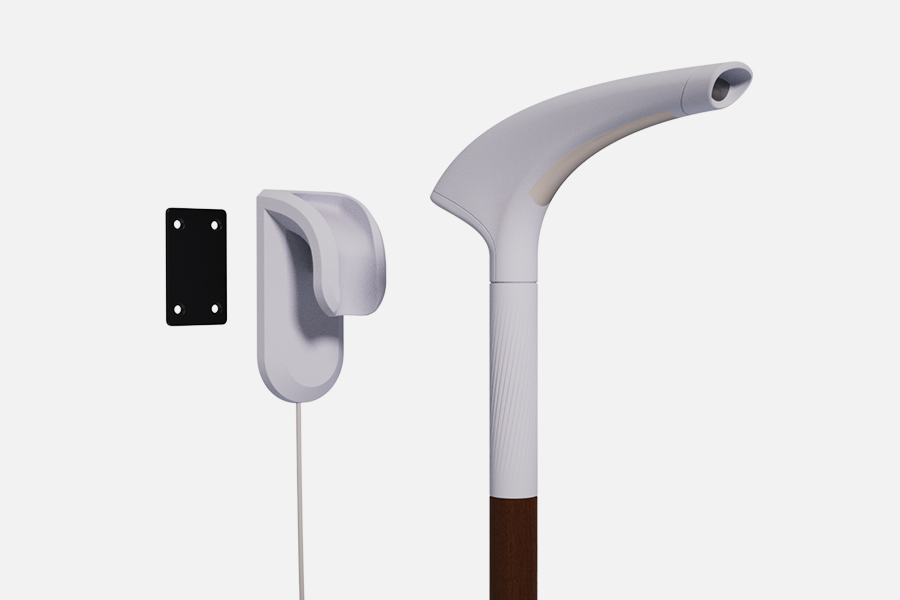
Smart pill dispenser with sound and visual alerts and smartphone connectivity
Missing a medication is a common health-threatening problem among the elderly. This automated electronic medication organizer solves that. Connected to a patient’s pharmacy or doctor’s office, it dispenses only what is needed at any given time and may be able to identify harmful drug interactions for added peace of mind
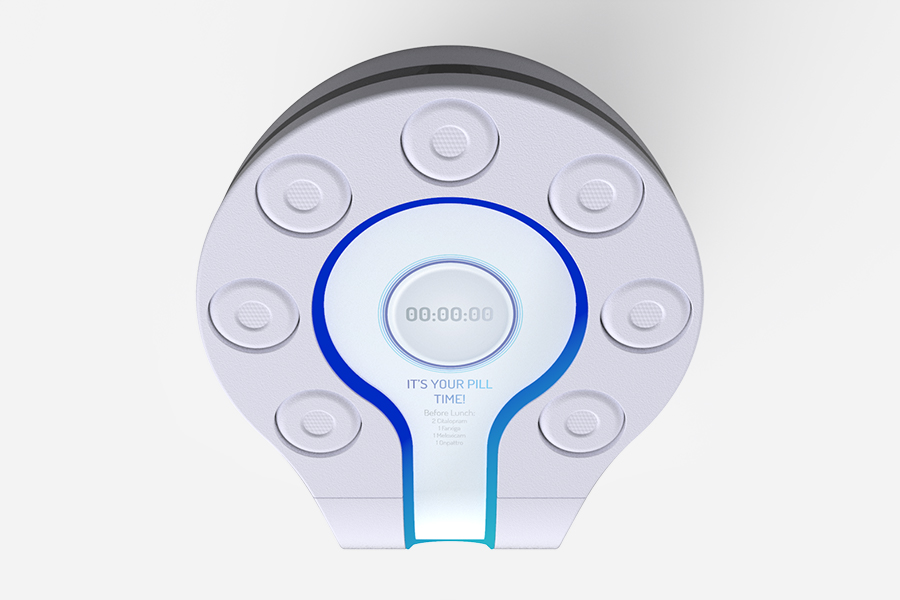
Smart harvest helper: Robot determines optimal time to harvest crops
This hardworking harvest robot easily withstands sun and water in the fields, thanks to the protection and weather-resistance capabilities of polycarbonates. It provides growers with harvest predictions, so they can easily determine when plants are ripe for the picking or when is the best time to water the field.

Smart modular, temperature-controlled container for harvested food
Once food is harvested, it can be put into this modular container, where it is cooled (thanks to efficient polyurethane insulation) and transported to the nearest supermarket. This lightweight logistics product is equipped with GPS, a humidity sensor, and content and weight awareness sensors.
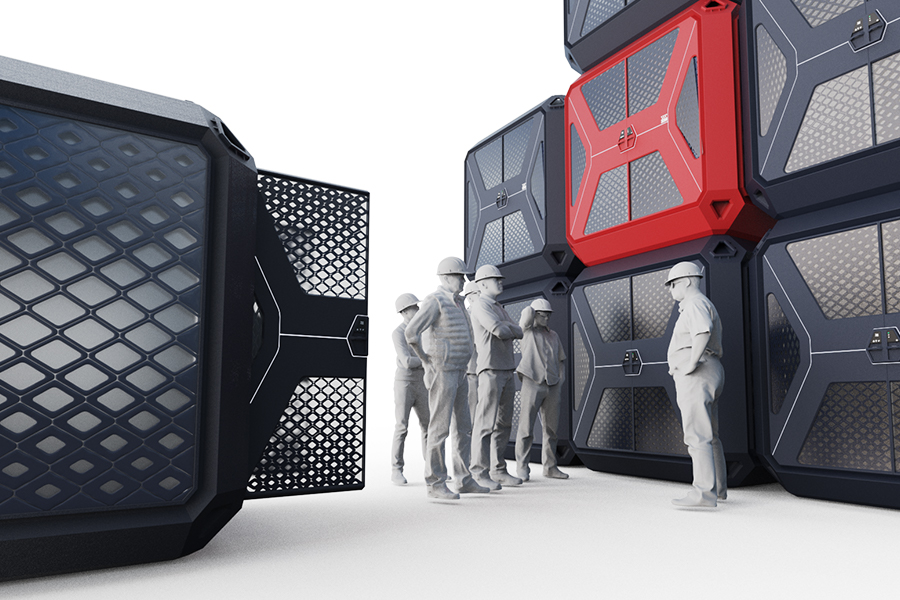
Smart food freshness detector with infrared spectroscopy and Just Walk Out tech
Stock this console with vegetables or fruits; its hidden sensors will detect their freshness level and its lights will indicate the level of ripeness.Detecting produce ripeness could be a game changer in reducing food waste —benefiting food producers, grocery stores and consumers.
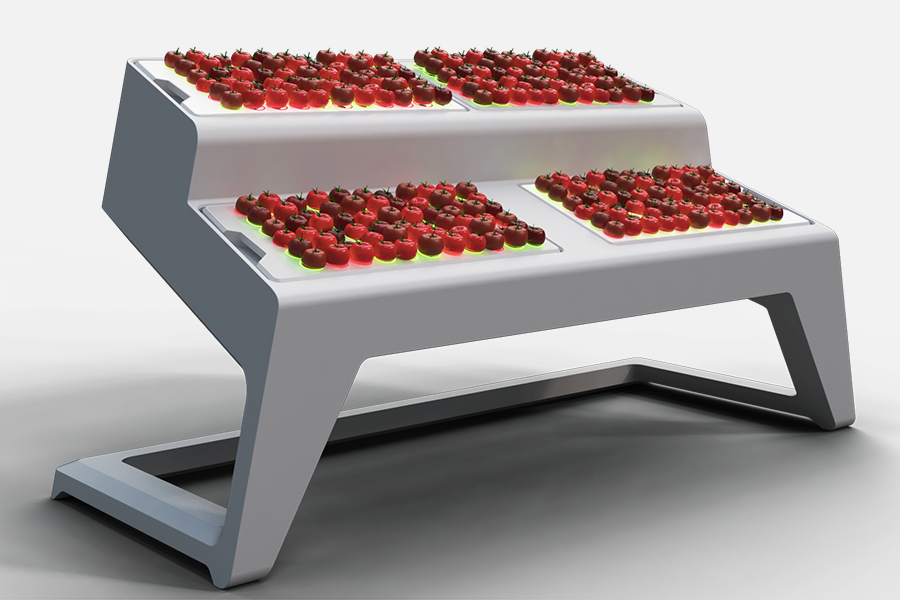
Grow your green thumb: Smart indoor garden produces hydroponic produce at home
Imagine growing leafy greens and veggies all year long right inside your home and enjoying all the farm-to-table deliciousness. This modular smart indoor garden uses grow lights, sensors, WiFi-enabled app controls, and a hydroponic drip system to deliver nutrient solutions to the roots of plants.
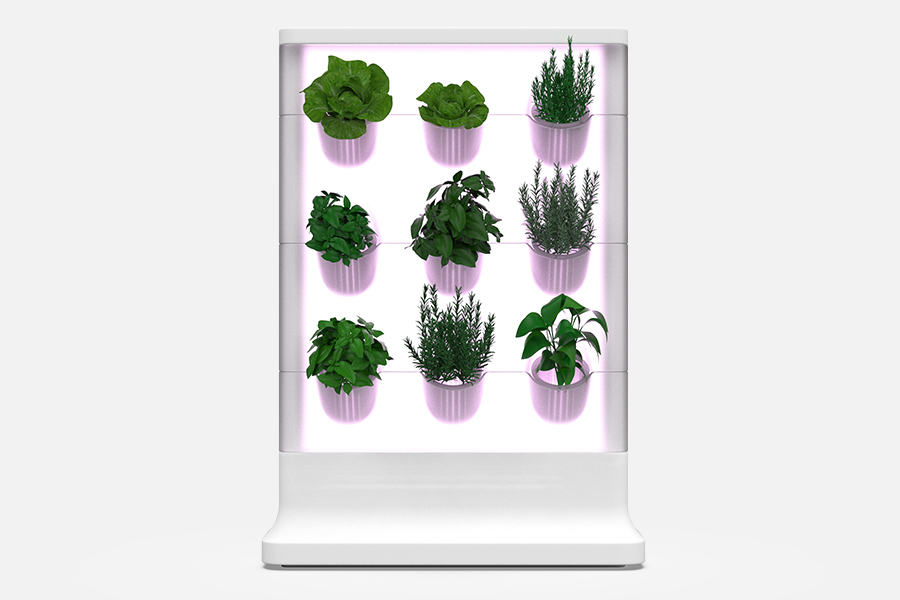
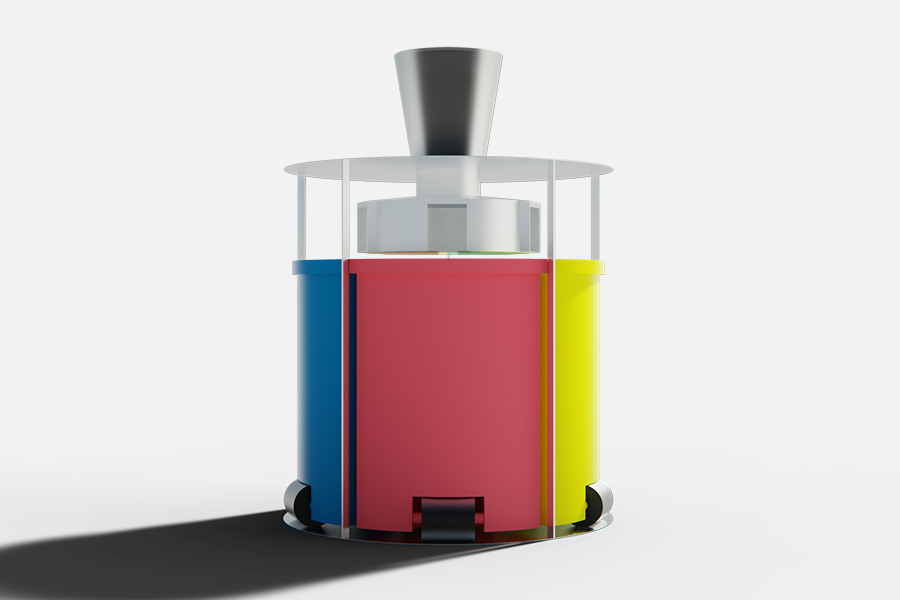
A circular economy-friendly bin that sorts trash for reuse
This recycling bin sorts materials into mono material streams for reuse — contributing to a circular economy. Materials that can make new things are identified — e.g., glass for new bottles, paper for recycled paper, plastics for PCR recyclates, bio-waste for compost soil and cooking oils for raw materials for plastics.

Bird-watching stations with integrated cameras
With image-processing tech that takes photos or videos, this feeder could help those universities or nature protection nonprofits count and identify birds via smartphone app. For lonely people it may provide a delightful interaction with city animals and snapshots to be shared with loved ones.
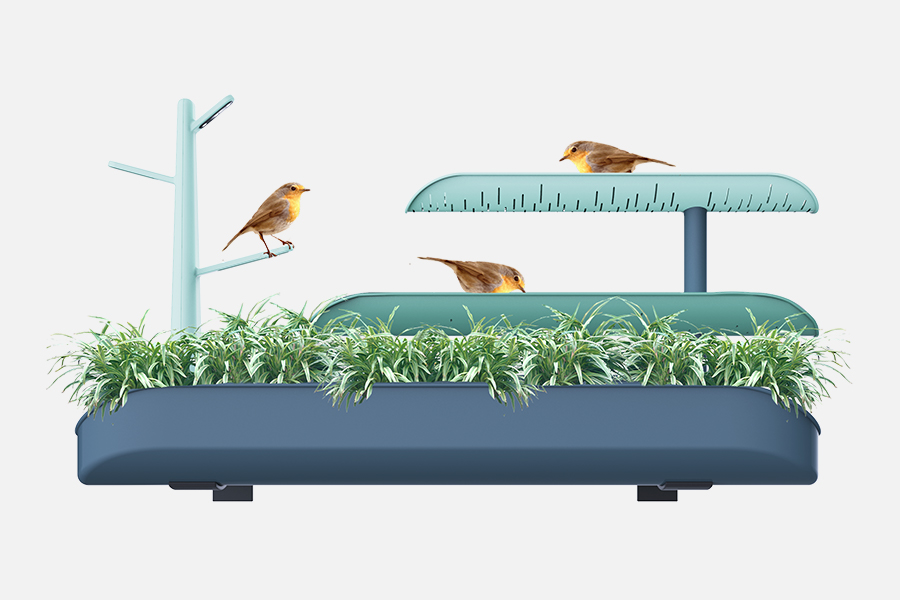
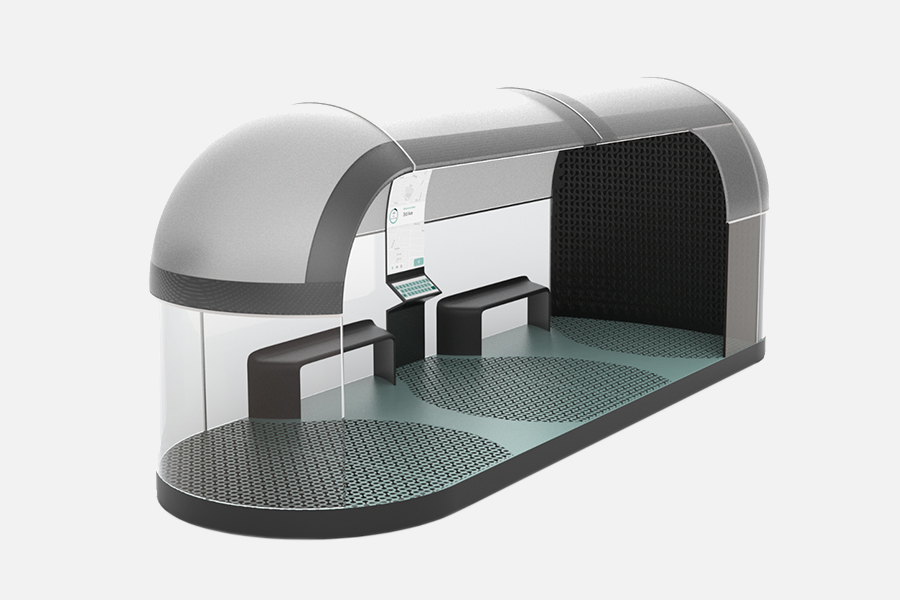
Innovative transportation waiting area with a breath of fresh air
Pollution is a real concern for those who use public transportation in urban environments. This smart breath station transforms waiting areas, where exposure is generally worst, into a respite. Activated carbon and HEPA filters purify; connectivity features monitor pollution and air quality.

Electricity-generating carousel that combines science and play for children
This first-of-its-kind education project aspires to teach children the value of the energy they create. The colorful carousel game get kids interested in natural sciences and environmental protection already. It teaches how materials, motions and electricity are connected and rewards teamwork.
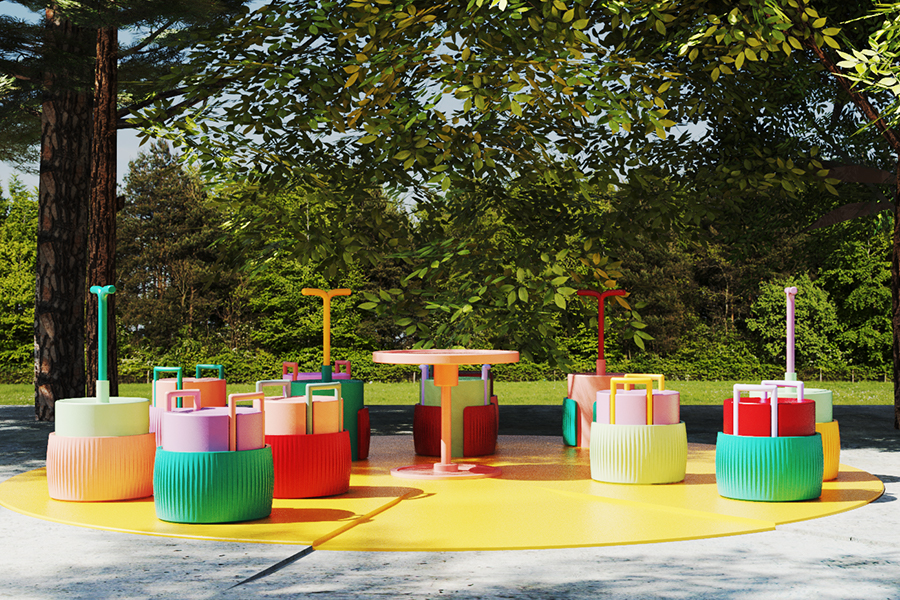
“More and more applications are connected, and equipping them with sensors leads to countless possibilities. The IoT design study incorporates circular economy, usefulness and user-friendliness right from the start. In the collaboration with Shenkar, promising new design concepts were developed that provide inspiration for the next generation of IoT applications.”

UN-SDG 2:
Zero hunger
Shenkar students came up with numerous concepts that would help achieve SDG 2, including the smart container for harvested food, smart food freshness detector and smart harvest robot. Covestro additionally fights hunger by equipping small-scale growers and other stakeholders in the cold chain with environmentally friendly solar-operated refrigeration systems made out of polyurethane. These refrigerated storage warehouses create optimal conditions to store fresh harvest and ultimately reduce the loss of edible food.

UN-SDG 3:
Good health and well-being
Many of the concepts that Shenkar students devised are oriented around SDG 3. The interactive walking cane, smart pill dispenser, bird-watching station, transportation waiting area and smart indoor garden all support good health and well-being. If put into production, they would join the ranks of Covestro products used every day in life-saving medical technologies. Our specialized thermoplastics, foils, thermoplastic polyurethane, raw materials for adhesives, foams and more go into manufacturing equipment components throughout the medical sector.

UN-SDG 9:
Industry, innovation and infrastructure
The Shenkar project is aligned completely with SDG 9, demonstrating Covestro’s continued commitment to innovate in ways that change the world for the better. Our material innovations have led to the sustainable development of countless products and technologies used in everyday life. And we’re often able to make an existing application more sustainable by replacing traditional components. For example, when developing enclosures for connected devices and smart electronics, we have a broad portfolio of materials with attributed renewable raw materials via mass balance and also materials with recycled content — thus replacing fossil resources and reducing the products CO₂ footprints.

UN-SDG 11:
Sustainable cities and communities
Covestro's focus on SDG 11 can be seen in the solutions we create to facilitate safe, climate-friendly urban life. We develop models of affordable housing and carry out specific projects locally, and also devise climate-friendly automotive solutions that make traffic safer, contributing to achieving the climate-neutrality of the mobility sector. Several of the Shenkar student concepts would contribute to this goal, including the transportation waiting area that protects people from pollution, electricity-generating carousel for children, and bin that sorts trash for reuse.
“Our goal was to craft simple, precise human experiences that enhance day-to-day life. We did so by harnessing technology and Covestro’s vision to allow what used to be fragmented human behavior to become seamless. I look forward to seeing which companies incorporate our ideas into future products.”







